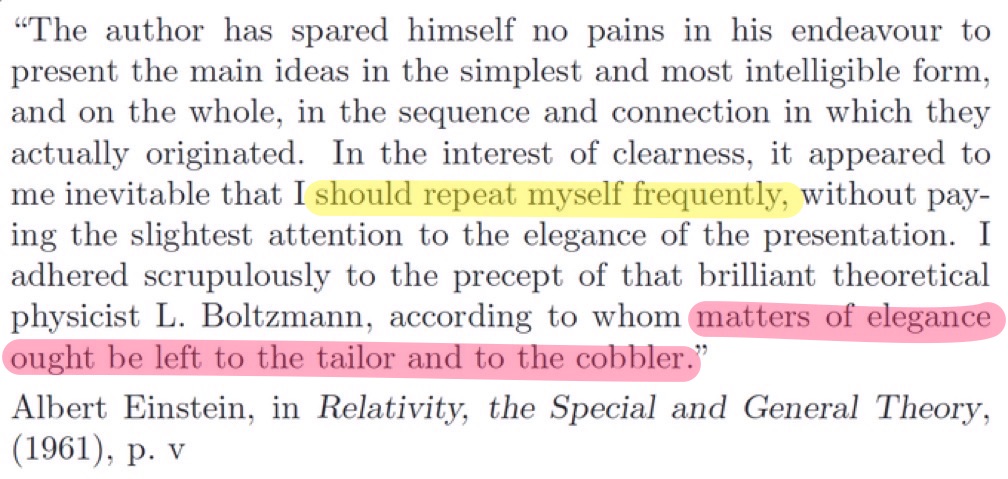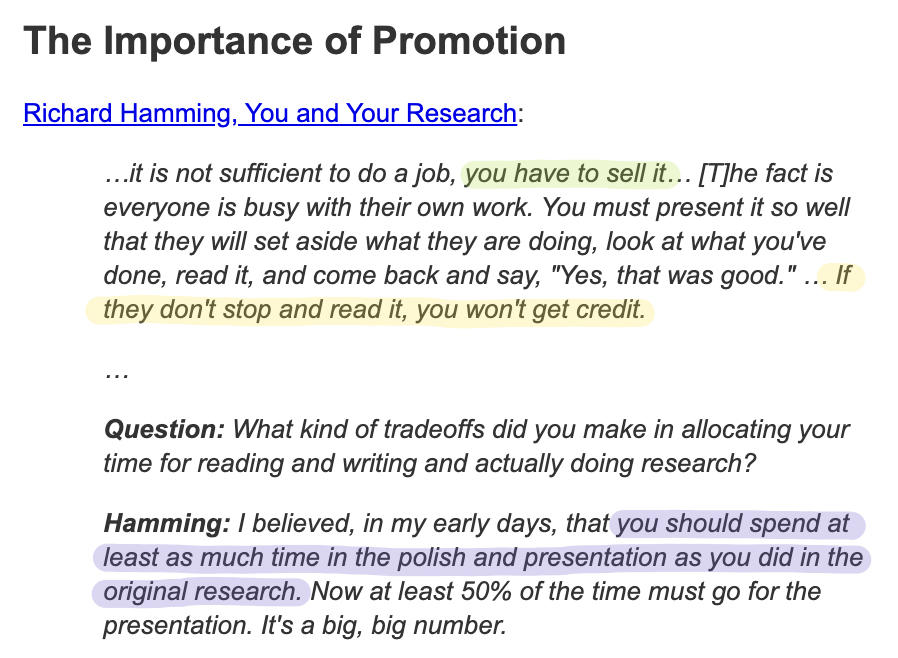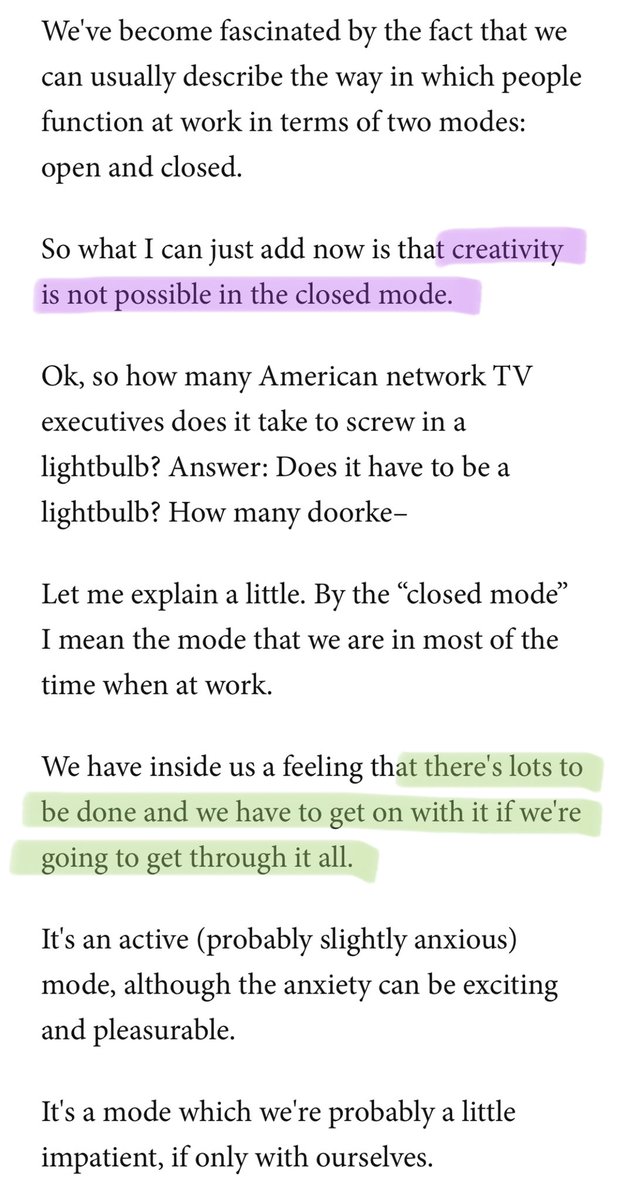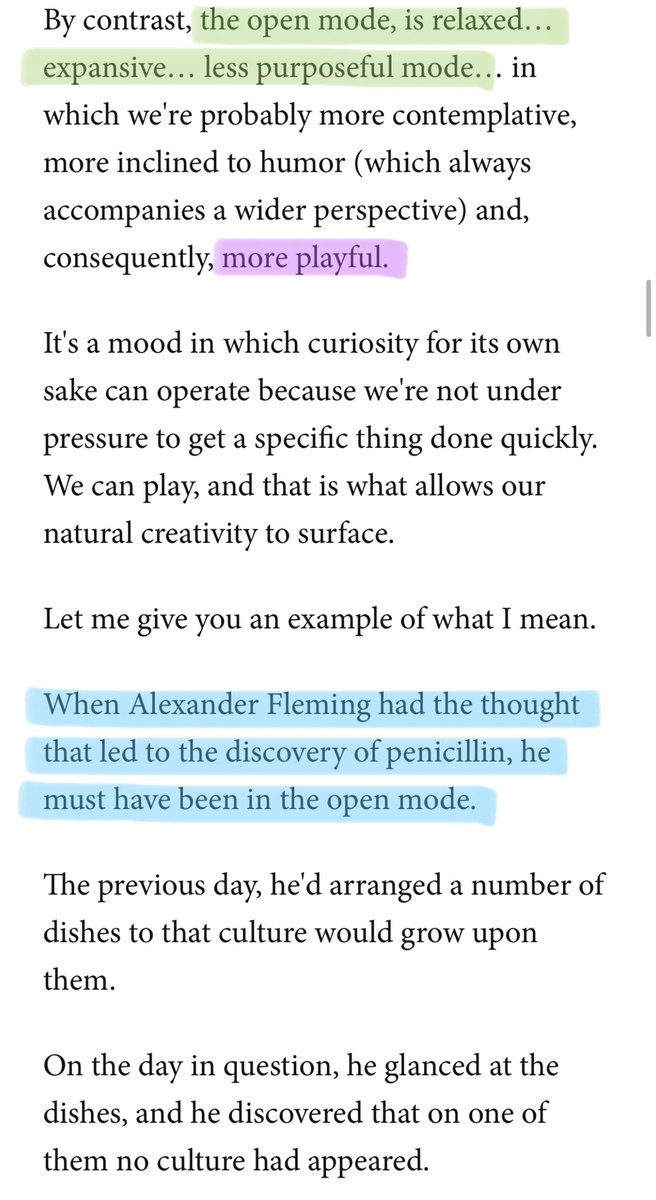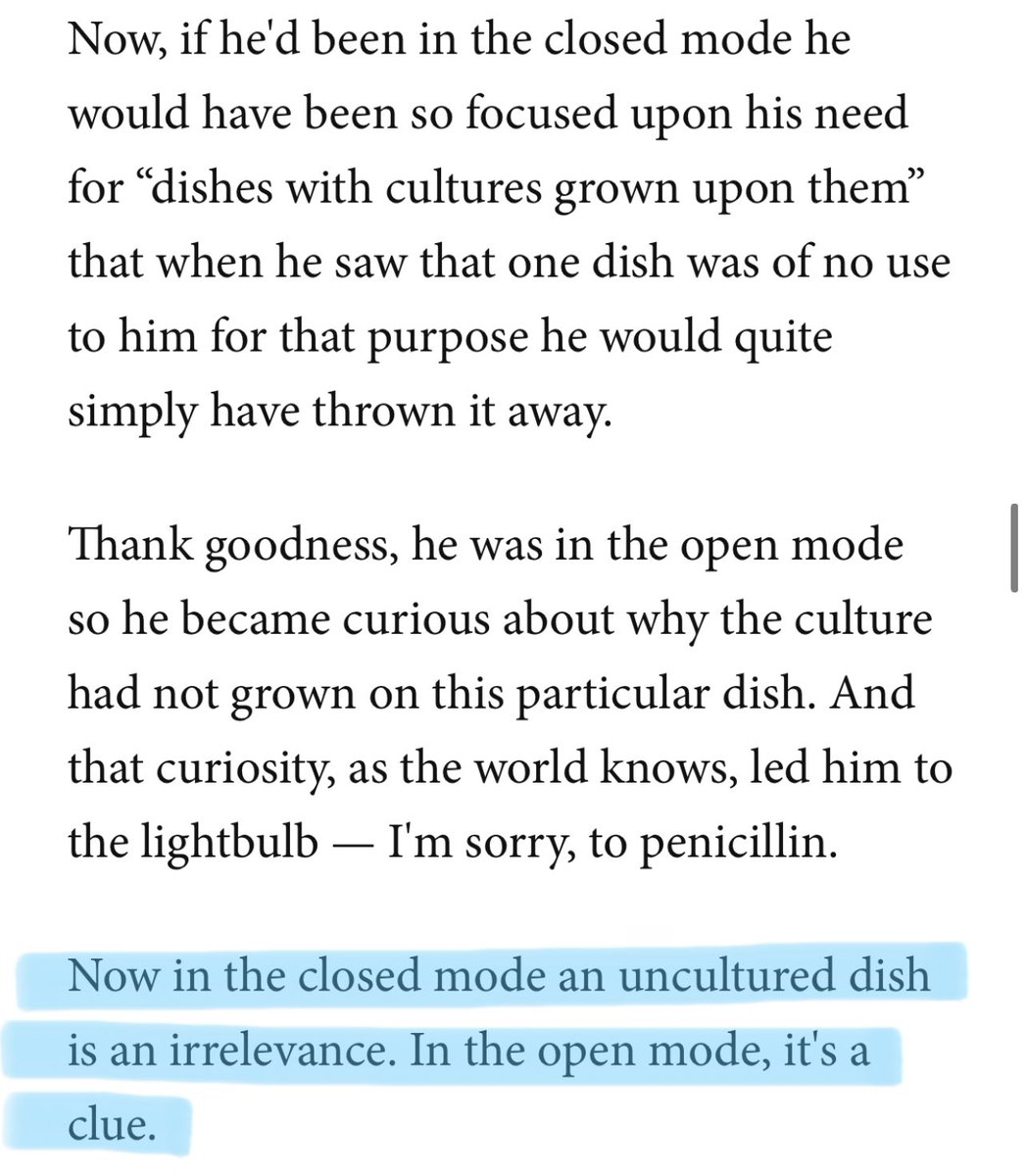
One of the fastest ways to improve both the intellectual world and the lives of creators is to create platforms that reward craftsmanship over volume.
Quality over quantity.
Quality over quantity.
Today’s algorithms have such a now-bias that consistently publishing is the best way to be consistently seen.
And so, the entire Internet has a decency bias where current events dominate our attention.
But if we choose, we can design slower and more contemplative platforms.
And so, the entire Internet has a decency bias where current events dominate our attention.
But if we choose, we can design slower and more contemplative platforms.
The economic incentive to work like a craftsman is why I’m so excited about Cohort-Based Courses.
A course is a product. And as the founder of any great software product will tell you, great products are born from years of design, feedback, and iteration.
A course is a product. And as the founder of any great software product will tell you, great products are born from years of design, feedback, and iteration.
https://twitter.com/david_perell/status/1284657092964388864
The best word I have for the work I want to do is “Alma.”
It translates to “feed one’s soul” and “lifts one’s spirit,” and it perfectly describes the way I want to work.
Tomorrow’s platforms should facilitate “Alma.” But first, we need to reimagine the information environment.
It translates to “feed one’s soul” and “lifts one’s spirit,” and it perfectly describes the way I want to work.
Tomorrow’s platforms should facilitate “Alma.” But first, we need to reimagine the information environment.
https://twitter.com/david_perell/status/1353228999942696960
I’ll concede that quantity can lead to quality. That’s true, and new creators should work daily and publish as often as possible.
But once that becomes a habit, your attention should shift towards quality — the stuff of your life’s work. But today, the incentives are misaligned.
But once that becomes a habit, your attention should shift towards quality — the stuff of your life’s work. But today, the incentives are misaligned.
With these observations in mind, here’s what I’d focus on if I was building a communication platform:
• Built-in creator monetization
• Incentivize the timeless over the timely
• A marketplace for algorithms so people can tailor the experience to their preferences
• Built-in creator monetization
• Incentivize the timeless over the timely
• A marketplace for algorithms so people can tailor the experience to their preferences
Right now, we’re stuck in the Gresham’s Law epoch of social media, where flashy images and cheap ideas rise to the top 



There are two kinds of successful creators:
1) Snipers publish only their best ideas, but everything they say is worthwhile.
2) Machine guns publish all the time, see what works, and double down on their best ideas.
The Internet disproportionately rewards machine guns.
1) Snipers publish only their best ideas, but everything they say is worthwhile.
2) Machine guns publish all the time, see what works, and double down on their best ideas.
The Internet disproportionately rewards machine guns.
• • •
Missing some Tweet in this thread? You can try to
force a refresh










